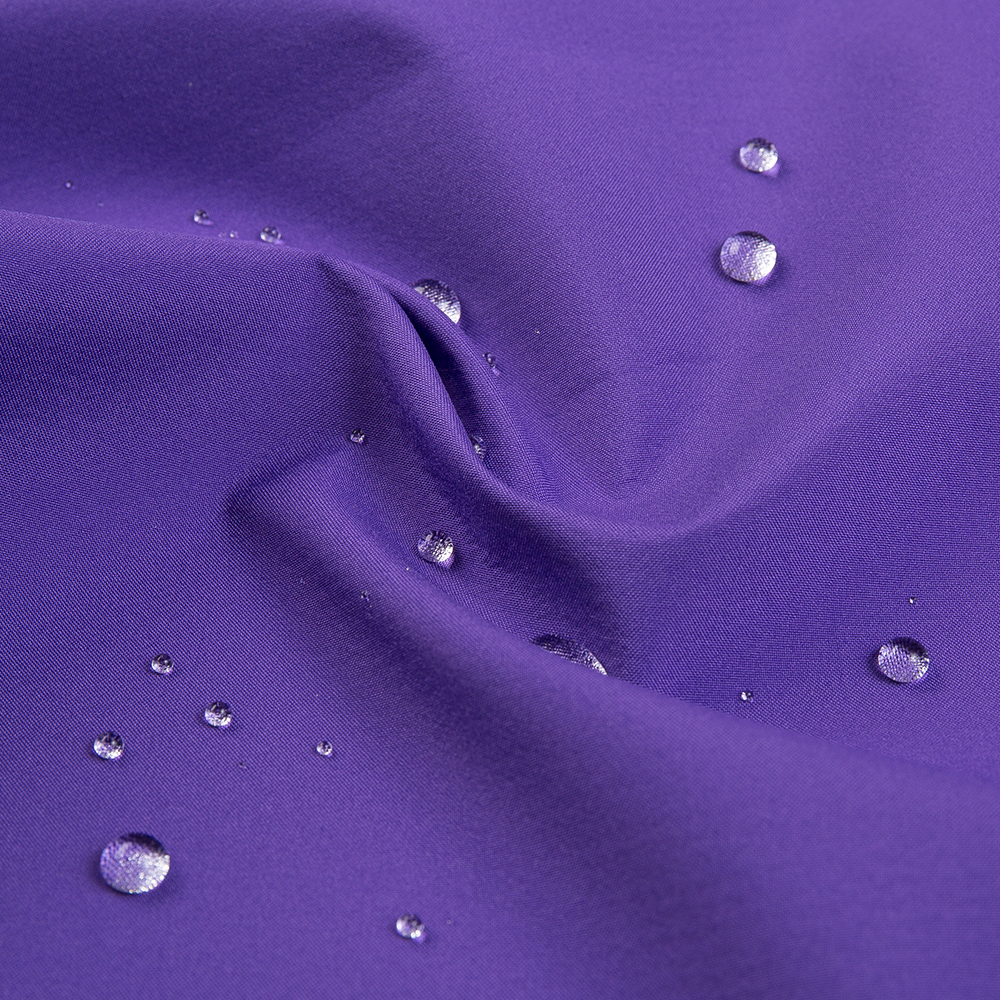The performance of hardshell fabrics can vary significantly across different temperature ranges and humidity levels due to their specific properties and the challenges posed by environmental conditions. Here’s how these factors influence hardshell fabric performance:
Temperature Ranges
Cold Temperatures:
Breathability: In very cold conditions, breathability is crucial to prevent condensation inside the garment. Hardshell fabrics with high vapor permeability are better at managing moisture to keep the wearer comfortable.
Insulation Layer: Hardshell fabrics themselves are not typically insulated, so their performance in cold temperatures is enhanced when combined with appropriate insulation layers. The outer shell protects against wind and moisture, while insulation provides warmth.
Warm Temperatures:
Ventilation: In warmer conditions, effective ventilation becomes more important. Features like pit zips or mesh-lined vents help regulate temperature and improve comfort by allowing excess heat and moisture to escape.
Heat Retention: While hardshell fabrics are designed to be breathable, excessive heat buildup can occur if the fabric is not adequately ventilated. In very warm conditions, choosing a lightweight and well-ventilated hardshell can help mitigate this issue.
Humidity Levels
High Humidity:
Breathability: High humidity can challenge the breathability of hardshell fabrics. If the fabric’s breathability is not sufficient, moisture can build up inside, leading to discomfort. Fabrics with high vapor permeability are better suited for these conditions.
Waterproofness: In humid environments, the outer surface of the fabric might feel damp even if it’s not raining, due to condensation. Effective DWR treatments and high-quality membranes help maintain waterproof performance despite high humidity.

Low Humidity:
Moisture Management: In dry conditions, the primary concern is less about moisture management and more about protection from wind and sun. Hardshell fabrics continue to provide effective wind resistance and UV protection in low humidity environments.
Breathability: While less critical in dry conditions, good breathability is still important to prevent overheating and maintain comfort during physical activity.
General Considerations
Fabric Technology: The performance of hardshell fabrics is influenced by the technology used in their construction. Advanced membranes and coatings can enhance both waterproofness and breathability, making the fabric more versatile across different environmental conditions.
Layering Systems: The overall effectiveness of hardshell fabrics in varying temperatures and humidity levels can be improved by incorporating appropriate layering systems. Combining hardshells with base layers and insulation can optimize comfort and performance across a wide range of conditions.
Garment Design: Features like adjustable hoods, cuffs, and hems can also influence performance. For instance, adjustable ventilation options help manage temperature and moisture levels more effectively.
The performance of hardshell fabrics in different temperature ranges and humidity levels depends on their breathability, waterproofness, and overall design. Understanding these factors helps in selecting the appropriate hardshell fabric and layering system for specific environmental conditions.











